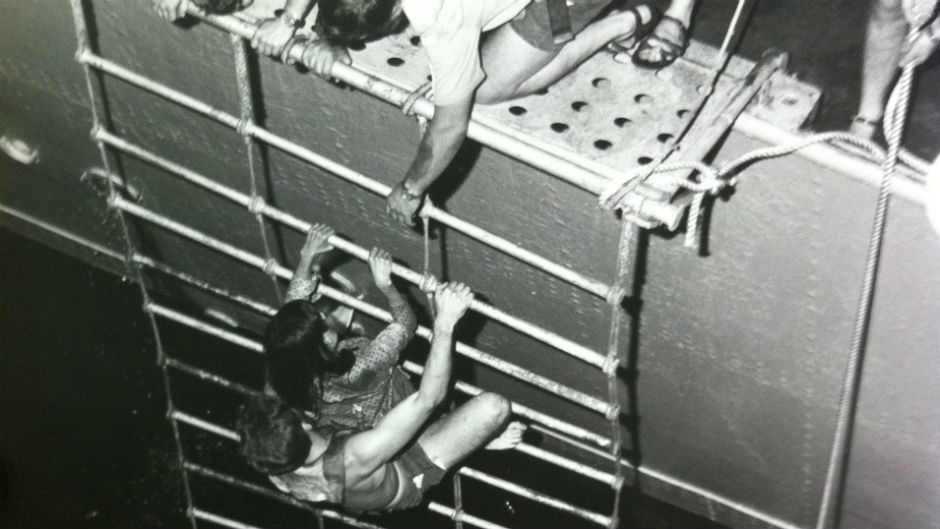
“As the former refugees told of their lives and their gratitude to the country that gave them the opportunity, someone at our place said: ‘That’s the Australia we used to be’,” writes columnist ROBERT MACKLIN.
THERE was a moment recently when dear old Aunty ABC gave us a national insight so profound that it keeps returning in those silent watches of the night when the busy mind delays that last surrender to sleep.
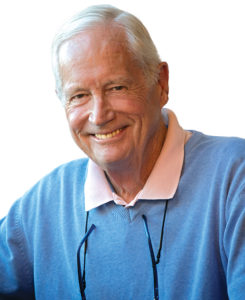
It was one of those rare conjunctions – part coincidence, part mischievous programming from Aunty herself.
First came the shocking images on the nightly news – Scott Morrison in a blizzard of words defending his government’s tardy response to the rescue of Australia’s Afghan employees from the maelstrom that was Kabul airport; and his refusal to offer the hundreds already in Australia permanent residency.
Then came “Australian Story”, little sister to “Four Corners”, with its most heart-warming story of the RAN and the MG99 Vietnamese refugees – a reunion 40 years after their rescue by the flagship HMAS Melbourne in the South China Sea.
The motivations behind each were like night and day.
For those who missed it, the 99 Vietnamese men, women, children and babies had escaped the persecution by the Communist government of those South Vietnamese on America’s and Australia’s losing side of that 30-year war.
By 1981 they had felt the crushing hand of the Communist regime. In desperation, they piled into a timber boat designed for less than a third of that number and headed out under a full moon – in a double-bluff to fool the waiting government ships.
Their destination was Singapore, but by the fourth day at sea, through stormy weather, a huge whirlpool, and total engine collapse, their drinking water had become contaminated, all food was gone, and the boat was leaking so badly those in the hold were knee deep in diesel floating on the bilge water.
That’s when Tracker plane 851 on its last surveillance mission spotted thick, black smoke from a hasty fire on the wheelhouse roof and signalled HMAS Melbourne steaming 10 nautical miles away. Half an hour later the great ship reached them and began the perilous task of somehow transferring 99 emaciated, weakened people in darkness the five metres up to the lowest decking on the carrier.
Commander John Ingram, in charge of the rescue, said: “We knew there were sharks in the water [and] there was a lot of wash between the boats.
“We were extremely concerned [they] would be crushed against the ship.”
Navy photographer Rob Patterson made a brilliant record of the event as the sailors joined in willingly. That night was etched on their memories. And when Ingram and one of the leading refugees, Stephen Nguyen, decided to organise a 2021 reunion they were overwhelmed by the response.
So were “Australian Story” viewers as the former refugees told of their lives and their gratitude to the country that gave them the opportunity. At our place, someone said: “That’s the Australia we used to be.”
Next day we followed the news again, only to hear that Defence Minister Dutton was arguing that all Australia’s Afghan employees sweltering at the Kabul airport should be checked again in case they’d swapped sides and become “terrorists”; they could be a danger to the country and “Australia’s values” that his prime minister so cherishes.
Funnily enough, those values were about to be demonstrated once again the next day when a private coalition of Aussies took the initiative to rescue more than 50 female Afghan athletes and their families. One of the organisers, Craig Foster said: “This is what Australia should be every day.”
Hard to argue with that.
Who can be trusted?
In a world of spin and confusion, there’s never been a more important time to support independent journalism in Canberra.
If you trust our work online and want to enforce the power of independent voices, I invite you to make a small contribution.
Every dollar of support is invested back into our journalism to help keep citynews.com.au strong and free.
Thank you,
Ian Meikle, editor
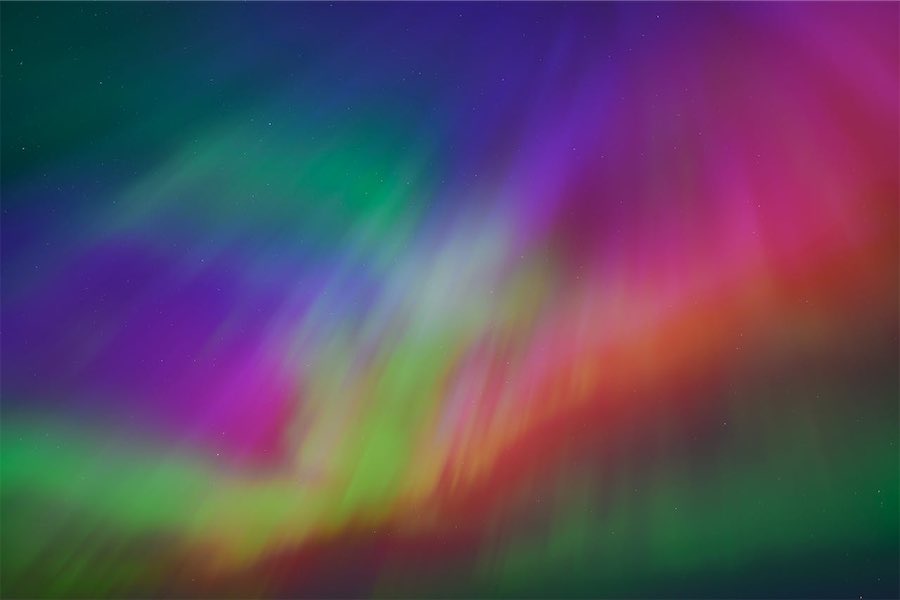
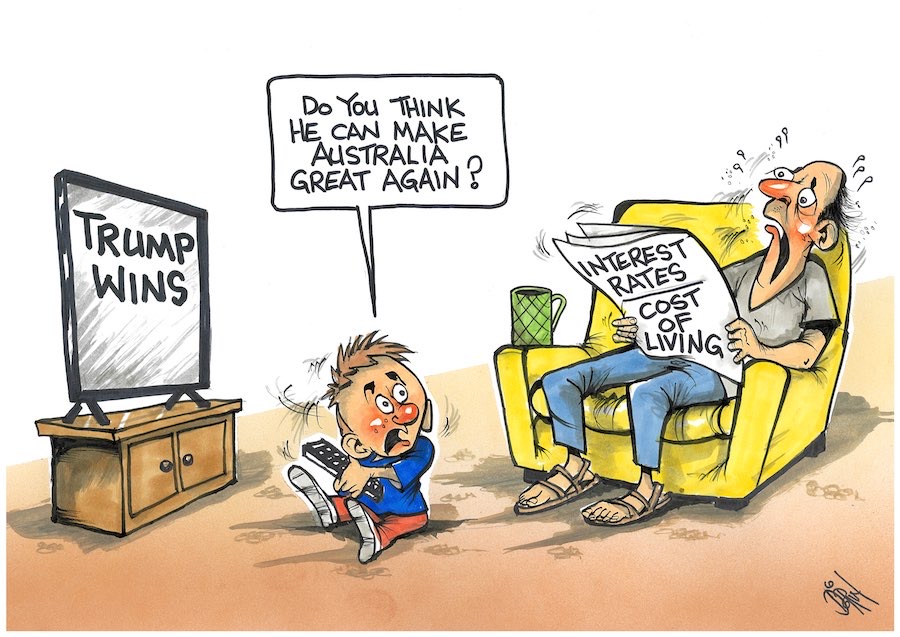
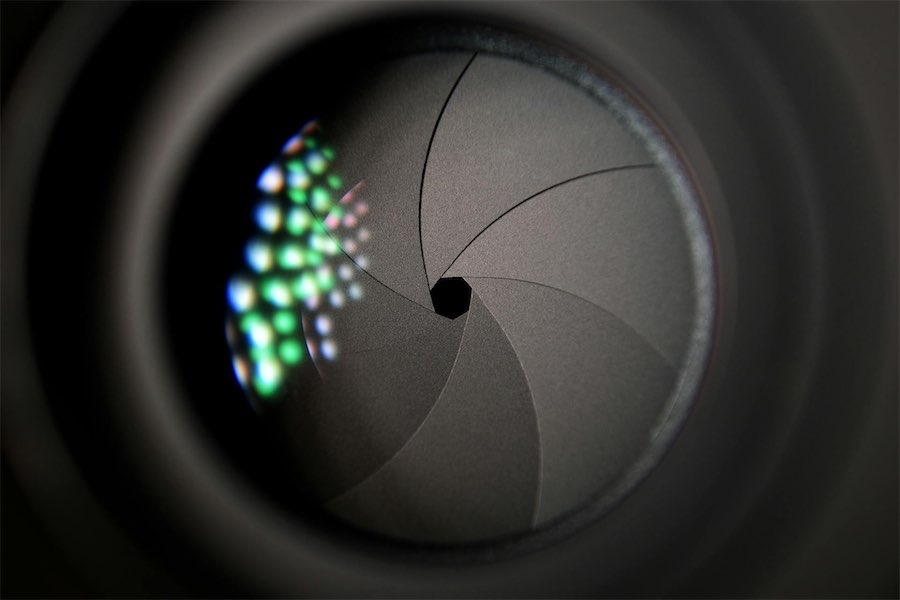

Leave a Reply